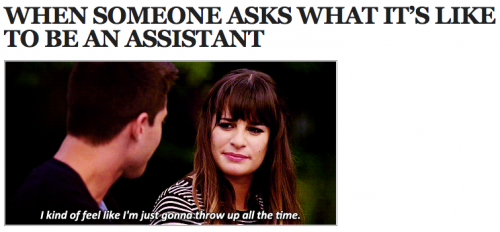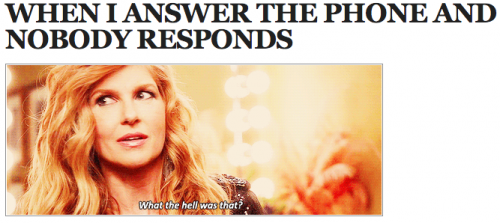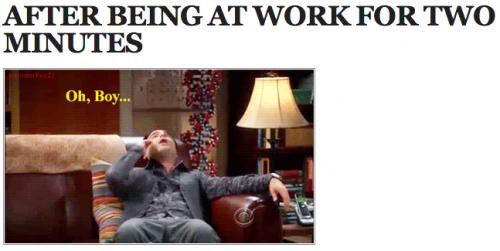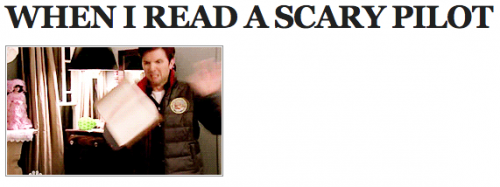
The Hollywood Assistant
Now that the Class of 2014 have had a chance to get our feet wet in Los Angeles, I thought it might prove beneficial to impart some knowledge based on what we’ve come to learn while trying to make it in Hollywood. The industry is wide, so this varies depending upon what part of the game you’re trying to break into. Columbia’s Creative Producing MFA is wide too, but ultimately ground in story so this is primarily from a development perspective. Hollywood is a well-oiled moviemaking machine, and if you’re trying to break in, there are boxes that must first be ticked. The best way to infiltrate the world of development is to become an infamous Hollywood assistant.
When I was writing this I discovered a tumblr page dedicated to assistants, so the pictures I’ve used here are some of my favorites from hollywoodassistants.tumblr.com. The role is probably what you’d imagine it to be; catering to the demands of a producer, executive, or agent, while handling their phones and managing their schedule. By all accounts relentless. But on the plus side, you’re smack bang in the middle of the game, privy to the inner-workings of the industry. It’s a coveted role though, and there’s hefty competition. But to even be a contender, you’ve got to rack up an internship or two first.
Hollywood is a tough game. We finished school in May. Fortunately the majority of us are now in internships, and two have even made assistant already. But what I would advise, for anyone wanting a head start: put some consideration into internships beforehand. You could even try knocking one out before you get here, just put some proper thought into it because it’s better if it’s a company recognized in LA. Browse through the Illinois Film Office database, and do your research on IMDb. Or if you can, do an internship here in Los Angeles in the summer in between the two years of the program. Either way, just save one for when you get here; it’s good to have local experience. The best thing about the structure of Columbia’s producing program is that you’re based in LA for the last two months of class. If you’re clever, like some of us were − not me − you can work your second internship around the two months you’re still in class, so that come the end of the program in May you’re ready to try break into the assistant game.
I can’t overstate just how much Hollywood loves assistant candidates with agency experience. The packaging of a film generally happens at one of the ‘big four’ agencies in town; Creative Artist Agency (CAA), United Talent Agency (UTA), William Morris Endeavor (WME), and International Creative Management (ICM). There are many others, but these guys set the standard. Most film or television projects are put together at the agencies, with writers, producers, directors, and actors they represent. Effectively they are the ones getting projects up and running, and being in the middle of that and gaining agency experience, whether at one of the big four or not, is a major plus on your resume.
That’s just some stuff we’ve come to learn these last few months. If you’re interested in learning more about the world of Hollywood assistants, I’ve just started reading The Hollywood Assistant’s handbook. It’s written by former assistants, and seems pretty insightful and representative of the world we’re coming to know.
In the meantime, here are some leaked pages from the new Indiana Jones screenplay, with notes from Bradley Cooper. For kicks.




